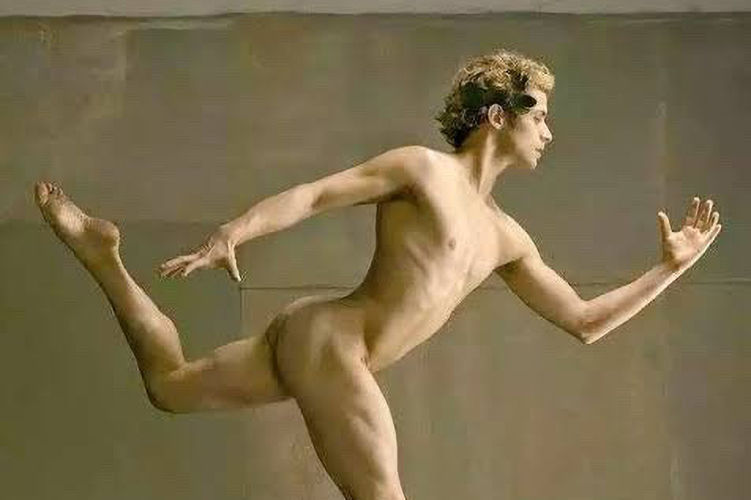Rehabilitating imperfection
- Claude Gauthier
- May 21
- 3 min read
Reflections on a Photographic Style in the Age of the Perfect Image

At a time when artificial intelligence is disrupting our relationship with images, contemporary photographers are faced with a challenge to their tools, their perspective, and even the value of their creative gesture. Portrait photography, in particular, is no exception to this transformation: now, a face can be generated from scratch, with unsettling realism, impeccable light, and calculated emotion. In this context, I have chosen a photographic style that departs from standards of perfection, to explore a more sensitive, more ambiguous, and more human path. This style is the result of aesthetic, but also ethical, reflection: it aims to restore to the image its potential for questioning, symbolization, and silent intimacy.

The first challenge I face is direct competition with AI-generated images . Perfect, smooth, technically flawless beauty is now accessible with a single click. Faced with this artificial visual abundance, the human photographic image cannot be satisfied with simply being "beautiful": it must be meaningful. By integrating imperfection, matter, blur, shadow, or ambiguity into my portraits, I emphasize the organic and fragile part of the human. This is not a nostalgic reaction, but a deliberate strategy: to blur the lines of origin, to make tangible what is embodied, what really took place in the world.
A second aspect of my stylistic choice is based on taking into account the reception of the image by the viewer, and in particular by the potential buyer . An overly precise portrait of an unknown face, especially in the field of visual art, can become an unwieldy presence in a living space. It risks being perceived as an "other" that imposes itself, or even as an unconscious competition with family photos or personal memories. By working with anonymous, erased, stylized or symbolic figures, I offer the image an interpretative opening. The work then becomes a space of intimate projection rather than a face-to-face with a foreign identity.
This aesthetic choice also leads me to shift the focus from the face to the body as a space of expression . The body, through its posture, its tension, its integration into the environment, becomes a language. It allows us to suggest inner states without naming them, to evoke stories without illustrating them. This approach joins an ancient artistic tradition, where the body was not only an object of desire or beauty, but a support for symbolic thought: a moving architecture that reveals the soul through gesture. In my photographs, the body is neither idealized nor sexualized: it is traversed by forces, by silences, by intensities that call for reading rather than consumption.

Finally, I fully embrace an aesthetic of distance . My style imposes neither direct emotion nor explicit narration. It establishes a floating zone, a margin of voluntary interpretation. This distance is not cold: it is conducive to contemplation. It allows the viewer to appropriate the image, to inscribe their own feelings, their memories, perhaps their shortcomings. By avoiding the spectacular, by fleeing the immediate effect, I seek to produce works that are discovered slowly, like a poem whose meaning is revealed over the course of readings.
In conclusion, my photographic style is a response, both intimate and critical, to a world saturated with perfect, immediate, standardized images. It is based on an assumed tension between visibility and withdrawal, between presence and absence. In this, it seeks to restore photography to its primary vocation: not only to show, but to reveal. To reveal what cannot be said, what escapes algorithms, what resists reproduction: a human presence, fragile and persistent.
The images presented in this essay are taken from the Body and Matter collection, currently on display at Galerie Éclats 521, from May 29 to August 30, 2025. The gallery is open to the public and warmly welcomes all visitors.



Comments